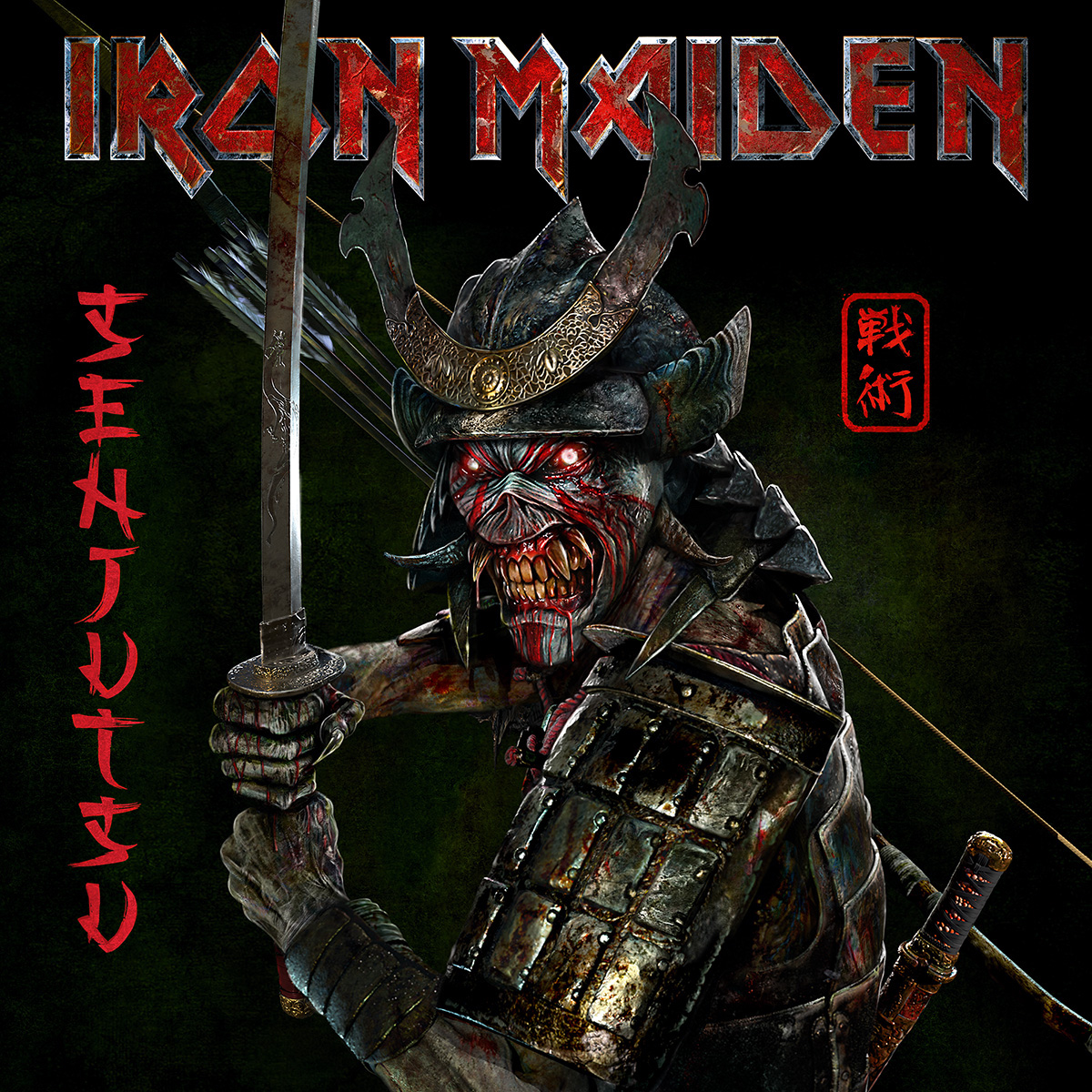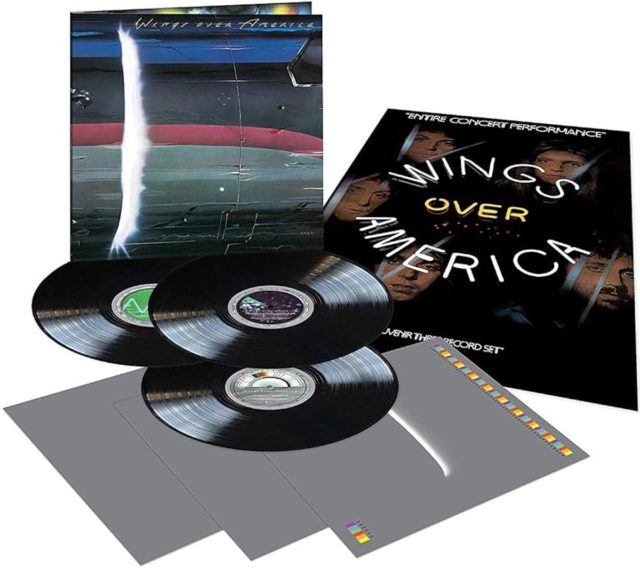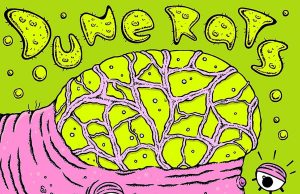 You gotta really love a band to shell out for a triple-album. In December, 1976, Wings dropped their colossal three-record live set, Wings Over America. Just in time for Xmas, the lavish album was a move by Paul McCartney to take out the knees of a popular bootleg circulating of the band’s June 23 show at the L.A. Forum. That bootleg, called Wings From The Wings, was a triple album containing the entire show. So the initial plans for an official double album were scrapped in favour of a triple, price be damned. In the U.K., the album cost £6:80 (£55 in today’s funds — or $94 CAD). For this, you got 29 songs, artwork by Hipgnosis and a double-sided poster.
You gotta really love a band to shell out for a triple-album. In December, 1976, Wings dropped their colossal three-record live set, Wings Over America. Just in time for Xmas, the lavish album was a move by Paul McCartney to take out the knees of a popular bootleg circulating of the band’s June 23 show at the L.A. Forum. That bootleg, called Wings From The Wings, was a triple album containing the entire show. So the initial plans for an official double album were scrapped in favour of a triple, price be damned. In the U.K., the album cost £6:80 (£55 in today’s funds — or $94 CAD). For this, you got 29 songs, artwork by Hipgnosis and a double-sided poster.
But it worked. The album was the first triple live set to go No. 1, and even spawned a hit single with a live version of Maybe I’m Amazed, from McCartney’s 1970 solo debut. That song should have been a single in the first place, but better late than never, I guess. This was Wings’ last No. 1 record, incidentally.
So I thought I’d examine some of the triple albums which exist in popular music. There are basically three categories — studio albums, live albums, and compilations / box sets. Triple albums are all about excess, so for our purposes here, let’s focus on actual studio albums with three (or more!) records of material. I’m not including non-vinyl releases, like Rush’s 1998 three-CD set Different Stages, King Crimson’s Heavy ConstruKction and Mixtape Messiah by Chamillionaire (aka King Koopa).
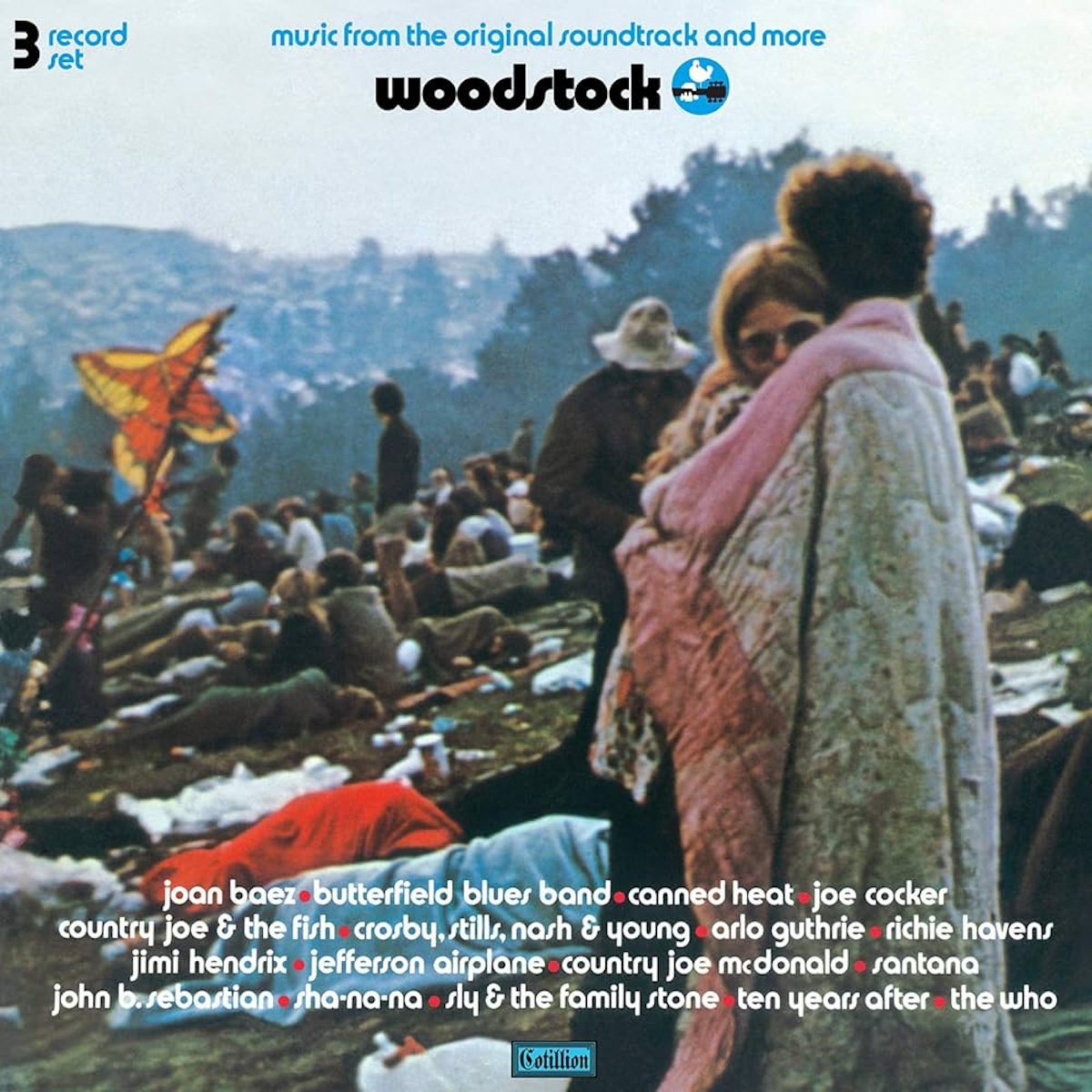
First though, some notable triple live sets:
Various Artists | Woodstock: Music from the Original Soundtrack and More (1970)
George Harrison & Friends | The Concert for Bangladesh (1971)
Grateful Dead | Europe ’72 (1972)
Leon Russell | Leon Live (1973)
Santana | Lotus (1974)
Emerson Lake & Palmer | Welcome Back My Friends to the Show That Never Ends, Ladies and Gentlemen (1974)
Wings | Wings Over America (1976)
The Band | Last Waltz (1978)
Paul McCartney | Tripping the Live Fantastic (1990)
Metallica | Live Shit: Binge and Purge (1993)
Dream Theater | Live Scenes from New York (2001)
Led Zeppelin | How the West Was Won (2003)
Dream Theater | Live at Budokan (2004)
Grateful Dead | Rockin’ the Rhein with the Grateful Dead (2004)
Dream Theatre | Score (2006)
Boris with Merzbow | Rock Dream (2007)
Rush | Rush in Rio (2019)
Next, we’ll cross off some compilations, best-of collections and anthologies:
Jethro Tull | Living In The Past (1972)
Yes | Yessongs (1973)
KISS | The Originals (1976)
Rush | Archives (1977)
Neil Young | Decade (1977)
Frank Zappa | Shut Up ‘n Play Yer Guitar (1981)
Beatles | Anthology I, II and III (1995)
Tom Waits | Orphans: Brawlers, Bawlers & Bastards (2009)
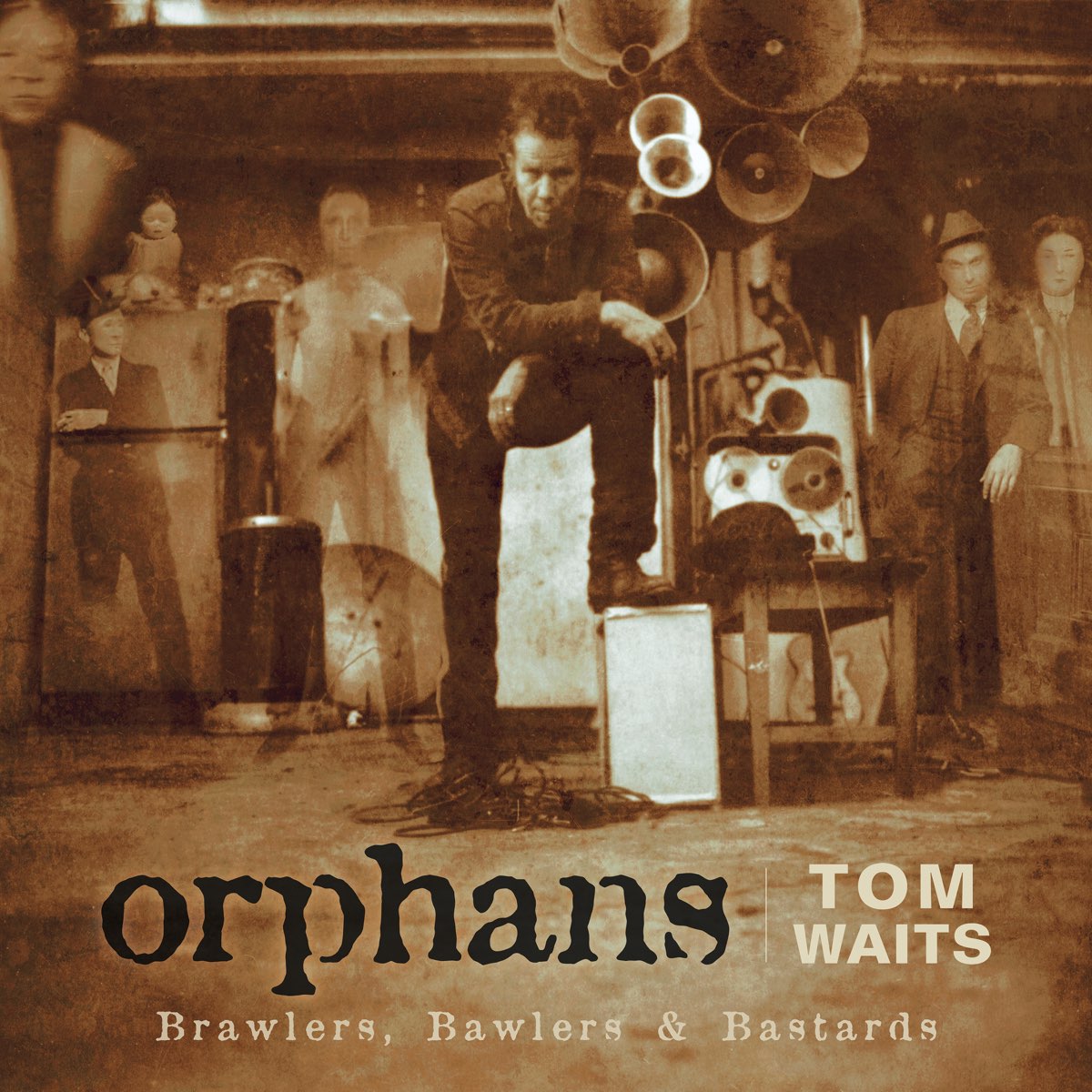
And here we are — the studio albums. In order to issue one of these, an artist would ideally have a plethora of good material which works together — either the result of an intense period of productivity, or a backlog of songs they’d like to release so they can start fresh. That’s certainly the case with what’s usually considered rock’s first three-record set: George Harrison’s All Things Must Pass (1970).
The quiet Beatle had a one or two-song allotment on the band’s studio albums, so he had scads of material to work with. Really good stuff, too — the best of his career, sadly. Technically, this was Harrison’s third solo album, having already issued the experimental Electronic Sound in 1969 and the 1968 soundtrack Wonderwall Music. The latter was the first album released on The Beatles’ Apple Records label, while the former was the second of just two albums released on the subsidiary Zapple.
I don’t really consider All Things Must Pass a true triple album. It’s basically a double, with a bonus record called Apple Jam which is just that, really — loose jams with all-star friends. The two main records also have two versions of one song, Isn’t It A Pity, because Harrison couldn’t decide which one he liked better. I guess when you’re a Beatle, you can get away with this kind of shit.
The stockpile of songs dates back to 1966 — that’s when Harrison wrote the aforementioned Isn’t It A Pity (rejected by The Beatles) as well as Art Of Dying. I’d Have You Anytime, the album’s opener, was written with Bob Dylan in Woodstock, N.Y., in 1968. Let It Down dates from late 1968 as well. He presented it, as well as the title track and Hear Me Lord to The Beatles during the Let It Be sessions. All were rejected. He wrote the ATMP track Wah-Wah at that time as a result — when he temporarily quit the band. Run Of The Mill followed, and was similarly inspired. Later in 1969 Harrison wrote My Sweet Lord while on tour with Delaney & Bonnie. He wrote Behind That Locked Door as an encouragement song for Dylan, the day before he played his “comeback” gig at the 1969 Isle of Wight Festival. And he was inspired to write What Is Life? while driving himself to a recording session for Billy Preston’s 1969 album That’s The Way God Planned It. The rest of the album was written in the first few months of 1970.
The album was issued in a box, with different-coloured inner sleeves, lyrics and a large matte poster of the shadowy, bearded Harrison. It cost $6.50 in the U.S. when it came out ($52 today). To date, including its 30th and 50th anniversary (3, 5 or 8 LP) reissues, the album has sold more than seven million copies.
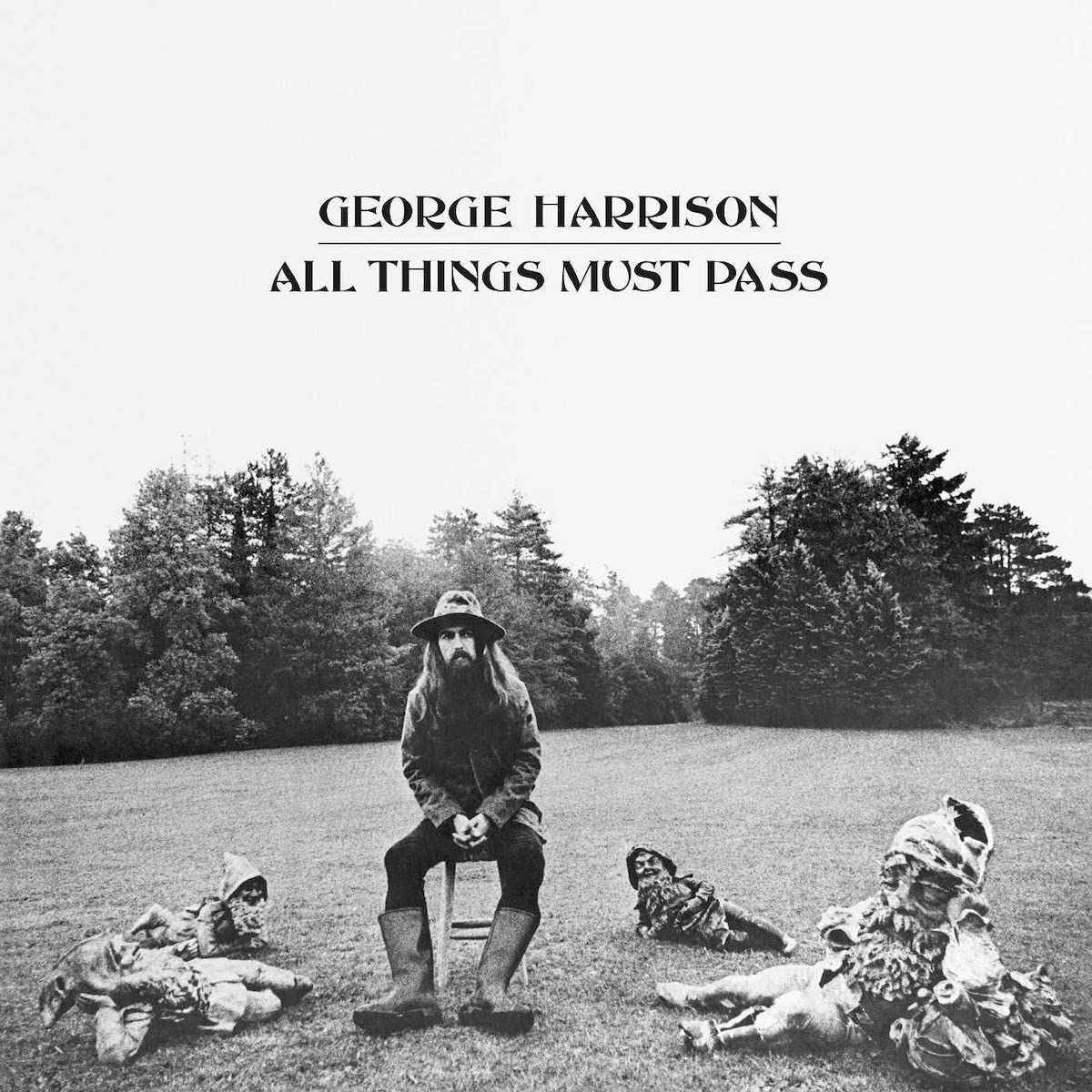
Some other well-known triple albums from the past half-century or so, in chronological order:
The Nitty Gritty Dirt Band | Will the Circle Be Unbroken (1972)
The seventh studio outing for the country-rock band was a star-studded affair featuring many famous American country and bluegrass players.
Godley & Creme | Consequences (1977)
Not only was the 10cc duo’s debut album a three-record set, but it was a concept album to boot.
PIL | Metal Box (1979)
The sophomore release by John Lydon’s Public Image Ltd. originally came in a round metal tin.
Frank Zappa | Joe’s Garage (1979)
A three-part rock opera, beloved by many and loathed by others. Among the former: Mötley Crüe, who used to blast the track Crew Slut over the PA before their shows. (Note: This album was originally released in two parts — Act I as a single LP, followed by the two LP set of Acts II and III — before being reissued as a triple set.)
The Clash | Sandinista! (1980)
Band’s fourth album has a bit of everything — rap, dance, calypso, R&B, dub, folk, jazz, reggae and rockabilly. They took a cut in royalties to keep the price of the album as manageable as possible.
Frank Zappa | Thing-Fish (1984)
Was intended to be a musical, but a production wasn’t completed until after Zappa’s death. It’s a concept album about an evil, racist theater critic who creates a disease intended to eradicate African Americans and homosexuals. The disease is first tested on prisoners who are turned into “Mammy Nuns.”
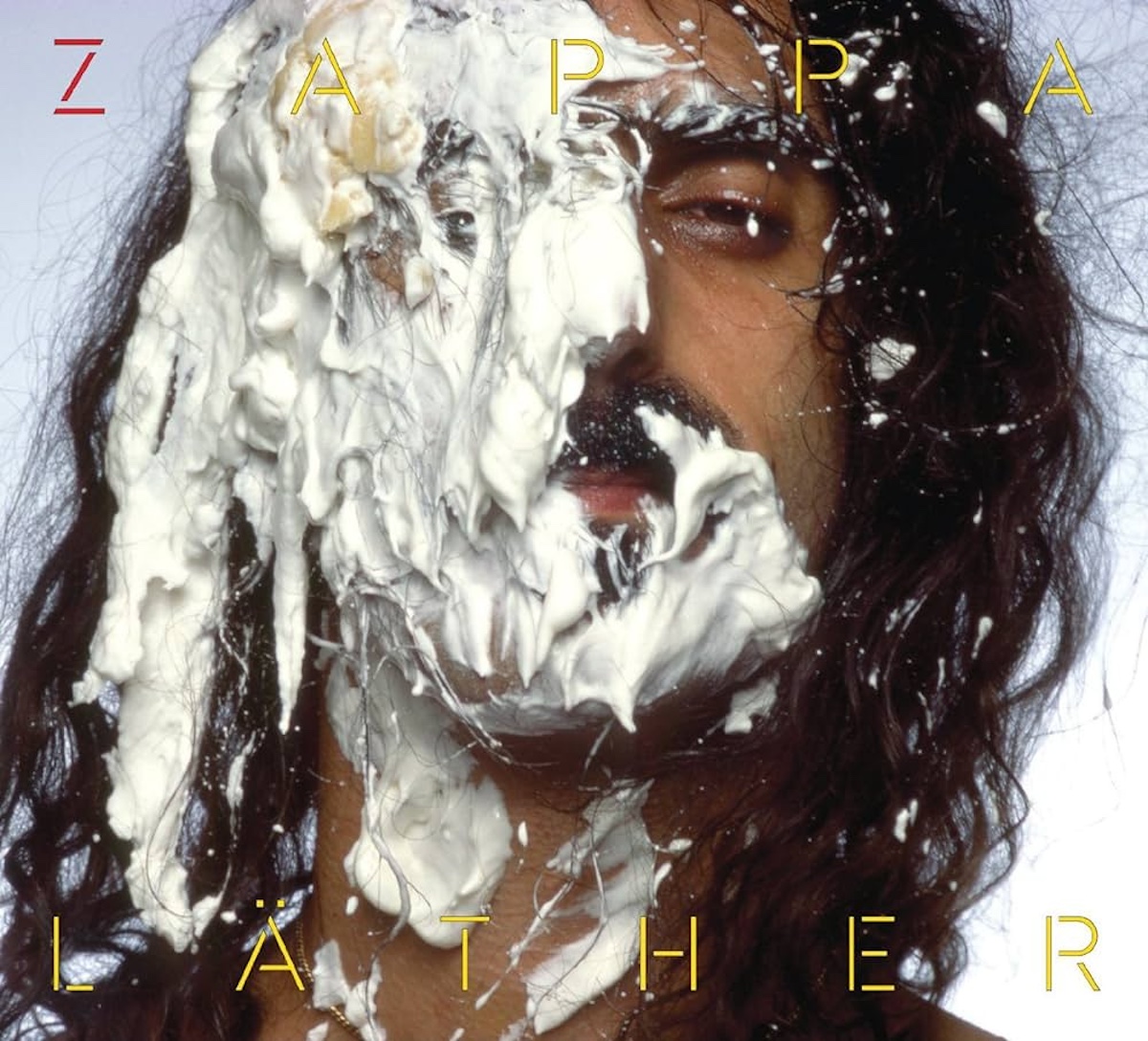
Frank Zappa | Läther (1996)
Zappa recorded this massive mish-mash of live and studio fare in the ’70s and dumped it on his much-loathed label Warner Brothers to get out of his contract. They carved it up into the albums Studio Tan, Sleep Dirt, Orchestral Favorites and Zappa In New York. The set was finally released posthumously, augmented with previously unreleased material.
Prince | Emancipation (1996)
Like Zappa, Prince was also famously unhappy with Warner. The title of his 19th album sends the message that he felt freed from the contract, finally. He obviously was keeping a stockpile of favourites for later.
The Magnetic Fields | 69 Love Songs (1999)
This was actually six 10″ vinyl records. Original pressings will set you back nearly $200. The newer, remastered box sets are even more than that.
Boards of Canada | Geogaddi (2002)
Scottish electronic duo’s second album. Took three years to record. It is considered among the best records of 2002.
The Early November | The Mother, The Mechanic, And The Path (2006)
The American rockers’ second album was a loose concept disc and took more than a year to record. Songwriter/producer Ace Enders had a mid-recording mental breakdown due to difficulty with the album’s focus.
Vince Gill | These Days (2006)
As he was about to turn 50, the country artist put out his 11th solo album (not including his time with Pure Prairie League in the ’70s). These Days boasted 43 original songs on four albums — a country & western one, an acoustic one, a groovy one and a rock one.
Joel Plaskett | Three (2009)
The Nova Scotia indie-rocker wrote, recorded and produced his third album himself, in his Dartmouth studio.
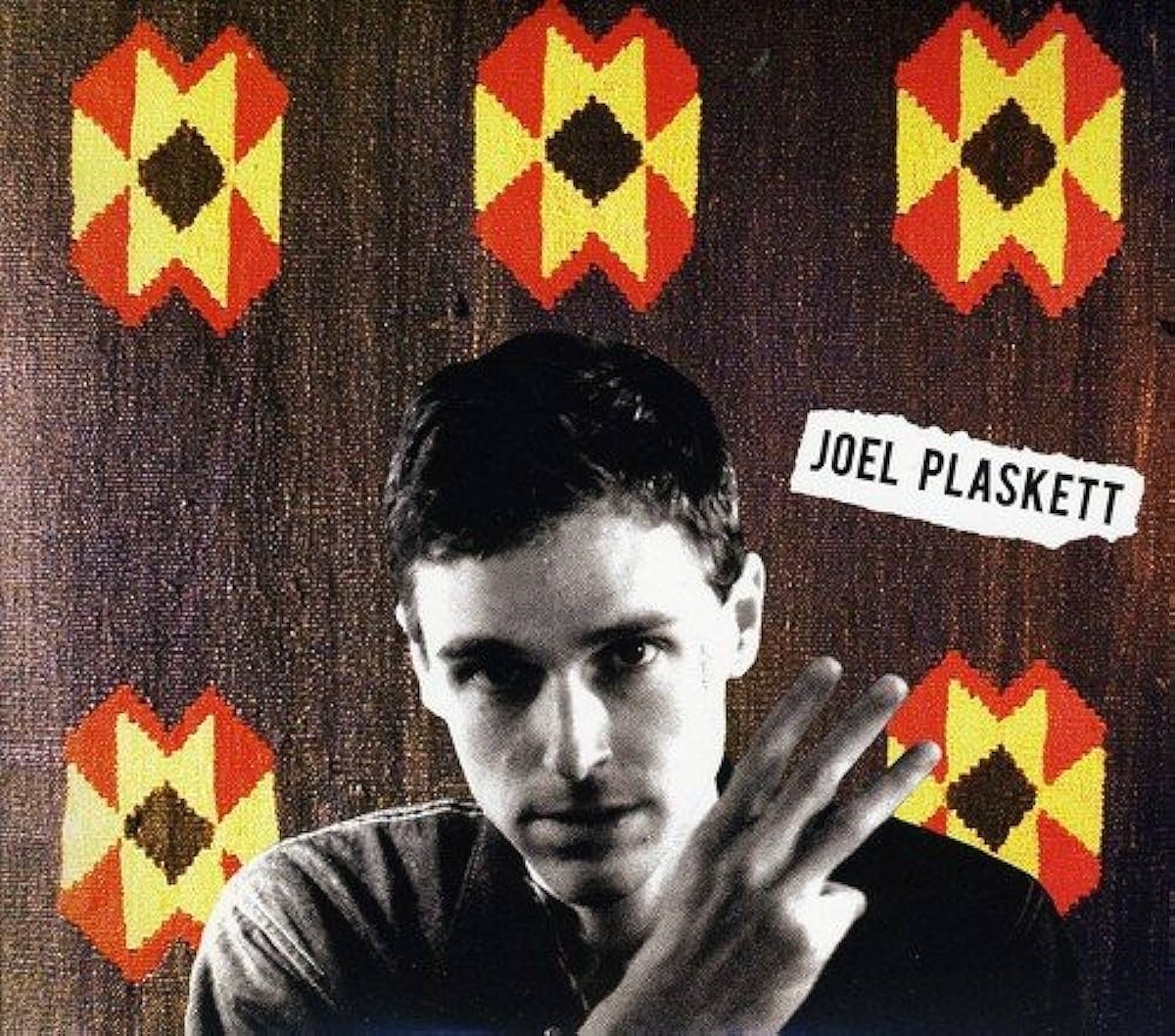
Joanna Newsom | Have One On Me (2010)
The harpist and singer-songwriter’s third album marked a shift in style and featured her playing piano as well.
Kanye West | My Beautiful Dark Twisted Fantasy (2010)
West exiled himself to Hawaii to record the album after getting a pile of bad press for interrupting Taylor Swift at the MTV VMAs. It debuted at No. 1.
Swans | The Seer (2012)
The 12th album by the U.S. experimental noise-rock band was more accessible than the group had previously been known.
Swans | To Be Kind (2014)
The first time the band cracked the Top 40.
Iron Maiden | The Book of Souls (2015)
The metalheads’ 16th album lasts 92 minutes — but it was still a major hit.
Swans | The Glowing Man (2016)
Considered the third part of a triple-album trilogy, The Glowing Man was perhaps the band’s best-received studio album so far.
Bob Dylan | Triplicate (2017)
Mr. Zimmerman’s 38th studio album. All covers. Live in the studio.
Blu & Exile | Miles: From an Interlude Called Life (2020)
The hip-hop duo’s third album took five years to complete.
Joel Plaskett | 44 (2020)
The “spiritual successor” to Three, this 44-song, quadruple album was released the day before the artist’s 45th birthday.
Iron Maiden | Senjutsu (2021)
It was their first album in nearly six years, so they obviously had a bunch of stuff piling up.
Zach Bryan | American Heartbreak (2022)
Singer-songwriter’s third release was a whopper — and his major label debut.
• • •
Area Resident is an Ottawa-based journalist, recording artist, music collector and re-seller. Hear (and buy) his music on Bandcamp, email him HERE, follow him on Instagram and check him out on Discogs.
